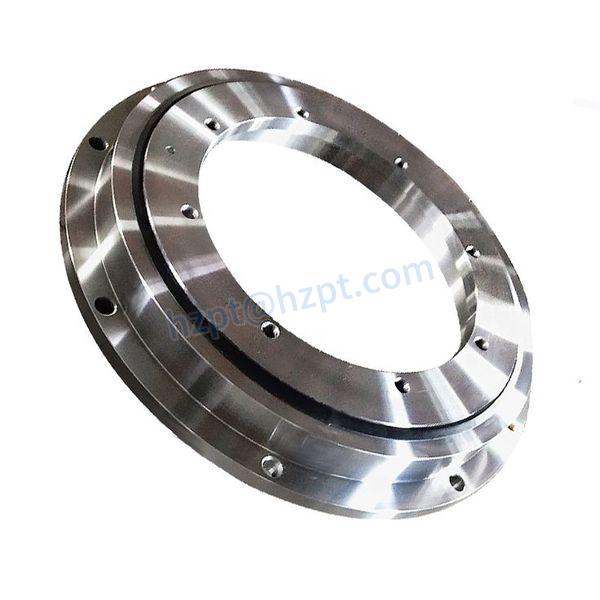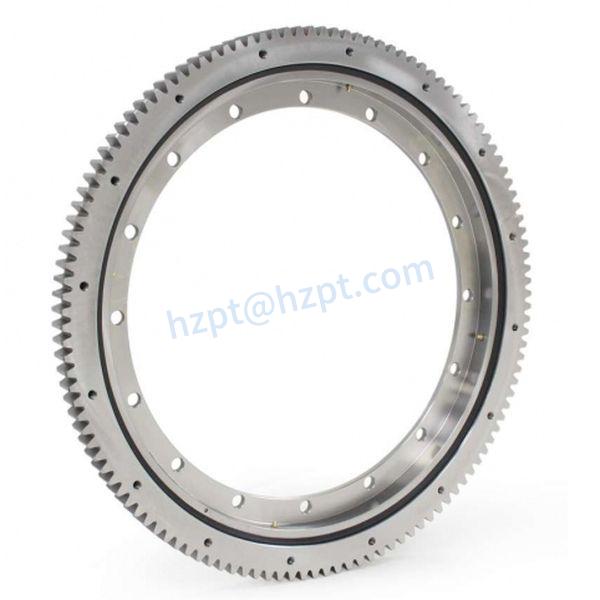Product Description
| Name | TAPER ROLLER BEARINGS |
| Seires | TYPE seires |
| Brand | MONTON |
| Model |
7522A |
| d | 110mm |
| D | 200mm |
| T | 56mm |
| B | 53mm |
| Ring Material | Gcr15/ ZrO2/Si3N4/Stainless stell |
| Cage Material | According to customer demand |
| Load rating C | 402kN |
| Load rating Co | 570kN |
| Sealed | as customer requested |
| Weight | 7.37KG |
| Design Structure | TAPER ROLLER BEARINGS |
| Precision | P4,P5 or as customer requested |
| Vibration | ZV1, ZV2, ZV3, or as customer requested |
| Clearance | C0, C2, C3, or as customer requested |
| Quality standard | ISO9001: 2000/SGS |
| Package | single box |
| Original | HangZhou |
| Service | OEM |
| Delivery date | Accordingly,mostly have stock |
| Application | Spindle ,Machine tool |
/* January 22, 2571 19:08:37 */!function(){function s(e,r){var a,o={};try{e&&e.split(“,”).forEach(function(e,t){e&&(a=e.match(/(.*?):(.*)$/))&&1
| ID: | 110mm |
|---|---|
| Od: | 200mm |
| T: | 56mm |
| Weight: | 7.37kg |
| Transport Package: | Single Box |
| Specification: | 7522A |
| Customization: |
Available
| Customized Request |
|---|

How do Slewing Bearings Contribute to the Smooth Rotation of Cranes and other Heavy Machinery?
Slewing bearings play a vital role in ensuring the smooth and efficient rotation of cranes and other heavy machinery that require controlled movement. Their design and functionality are specifically tailored to handle the unique challenges posed by such applications. Here’s how slewing bearings contribute to the smooth rotation of cranes and heavy machinery:
- Load Handling:
Crane operations involve lifting and moving heavy loads. Slewing bearings are designed to carry substantial axial, radial, and moment loads simultaneously. This load-handling capacity allows cranes to lift and transport heavy objects with precision.
- Smooth Rotation:
Slewing bearings provide a smooth interface between the upper structure (superstructure) and the lower structure (substructure) of the machinery. This allows for controlled and precise rotation of the upper structure, enabling cranes to maneuver smoothly during lifting, loading, and unloading operations.
- Efficient Torque Transmission:
During crane rotation, torque generated by the motor is transmitted through the slewing bearing to the upper structure. The bearing’s design ensures efficient torque transmission, minimizing energy losses and facilitating smooth rotation even under heavy loads.
- Low Friction and Wear:
Slewing bearings are engineered to minimize friction and wear. This reduces the energy required for rotation and prevents premature wear that could affect the bearing’s performance and longevity.
- High Stiffness:
Slewing bearings exhibit high stiffness, which contributes to the stability of the machinery during rotation. This stiffness ensures minimal deflection and maintains precise alignment, essential for safe and controlled movement.
- Uniform Load Distribution:
The raceway design of slewing bearings promotes uniform load distribution among rolling elements. This prevents stress concentrations and uneven wear, enhancing the bearing’s durability and contributing to smooth operation.
- Slow and Controlled Movement:
Crane operations often require slow and controlled rotation, especially when positioning heavy loads. Slewing bearings facilitate this type of movement, allowing operators to make precise adjustments.
- Customization for Specific Applications:
Slewing bearings can be customized to match the specific requirements of different crane designs and applications. This customization ensures optimal performance and longevity in various operational scenarios.
In summary, slewing bearings are essential components that enable the smooth and precise rotation of cranes and heavy machinery. Their load-carrying capacity, low friction, high stiffness, and ability to transmit torque efficiently contribute to the reliable and controlled movement required for various lifting and loading operations.

How does Preload Affect the Performance and Stability of Slewing Bearings?
Preload is a critical factor that can significantly impact the performance and stability of slewing bearings. It involves applying a controlled axial force to the bearing components before assembly. Here’s how preload affects slewing bearings:
- Reduced Internal Clearance:
Applying preload reduces the internal clearance between the rolling elements and raceways. This minimizes play or clearance in the bearing, enhancing its rigidity and reducing the potential for rolling element skidding during operation.
- Improved Stiffness:
Preloaded slewing bearings exhibit higher stiffness due to the elimination of internal clearance. This improved stiffness is crucial in applications requiring precise positioning, such as robotics and high-precision machinery.
- Enhanced Load Distribution:
Preload improves the load distribution among rolling elements, minimizing stress concentrations and promoting uniform load sharing. This is especially important in applications with varying loads and forces.
- Reduced Vibrations:
By eliminating internal clearance and minimizing rolling element movements, preloaded bearings experience reduced vibrations during operation. This contributes to smoother and more stable equipment performance.
- Precise Positioning:
Preload ensures minimal movement within the bearing during rotational changes, making it suitable for applications where precise positioning and accurate motion control are essential.
- Resistance to External Loads:
Preloaded bearings are better equipped to handle external forces and shocks without significant deformation or misalignment, maintaining consistent performance even under varying conditions.
- Reduced Wear:
With reduced internal clearance and controlled movement, preloaded bearings experience less wear and fatigue. This extends their service life and reduces the frequency of maintenance.
- Limitations:
However, excessive preload can lead to increased friction, heat generation, and potential damage. It’s essential to apply the right amount of preload according to manufacturer recommendations and application requirements.
In summary, preload in slewing bearings enhances rigidity, load distribution, and stability, making them suitable for applications that demand precise movement and control. Properly applied preload ensures optimal performance and extends the operational life of the bearing.

What are the Advantages of Using Slewing Bearings in Industrial Applications?
Slewing bearings offer several advantages that make them valuable components in various industrial applications. Some of the key advantages include:
- High Load-Carrying Capacity: Slewing bearings are designed to handle significant axial, radial, and moment loads simultaneously, making them suitable for heavy-duty industrial equipment.
- Space and Weight Savings: Slewing bearings enable compact designs by combining axial and radial bearing functions into a single unit. This helps save space and reduces the overall weight of machinery.
- Smooth Rotational Movement: The design of slewing bearings ensures smooth and precise rotation, contributing to the efficiency and performance of machinery and equipment.
- Minimal Maintenance: Properly lubricated slewing bearings require minimal maintenance due to their robust construction and efficient load distribution.
- Enhanced Durability: Slewing bearings are built to withstand harsh environmental conditions, heavy loads, and repetitive movements, leading to long service life.
- Cost Efficiency: Despite their initial investment, the extended lifespan and low maintenance requirements of slewing bearings result in cost savings over time.
- Customizability: Slewing bearings can be tailored to specific application requirements, including size, load capacity, and sealing options.
- Precise Positioning: Slewing bearings with integral gearing systems allow for accurate positioning, making them ideal for applications that demand controlled movement.
- Versatility: They are used in a wide range of industries, including construction, manufacturing, energy, transportation, and more.
- Reduced Friction and Wear: The rolling-element design of slewing bearings reduces friction and wear, contributing to efficient operation and extended component life.
Overall, the advantages of slewing bearings make them indispensable in industrial applications where reliable and efficient rotational movement is required.


editor by CX 2024-04-25
by
Tags:
Leave a Reply